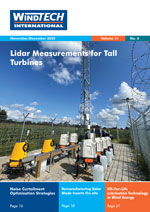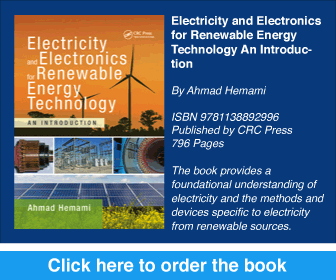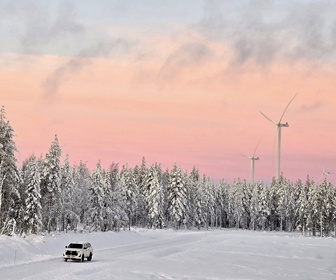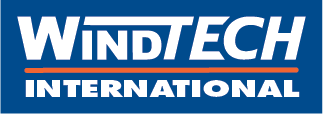- Category: Articles
Preliminary Measurements and Research Agenda
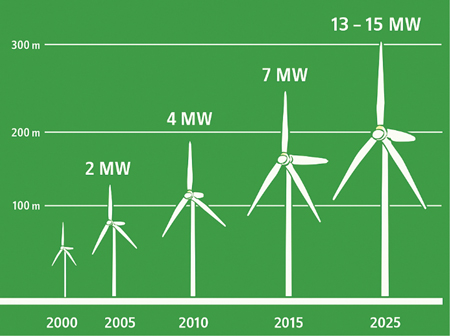 As part of an ongoing research project, we conducted preliminary infrasound measurements at several Swedish wind farms. The objective was to evaluate variations in the infrasound signal between wind turbine operational and shutdown modes and to identify differences between infrasound levels measured near wind farms and at reference locations unaffected by wind turbine emissions. This article summarises early observations, outlines the analytical approach, and presents a research agenda for future work.
As part of an ongoing research project, we conducted preliminary infrasound measurements at several Swedish wind farms. The objective was to evaluate variations in the infrasound signal between wind turbine operational and shutdown modes and to identify differences between infrasound levels measured near wind farms and at reference locations unaffected by wind turbine emissions. This article summarises early observations, outlines the analytical approach, and presents a research agenda for future work.
By Per Ängskog, Kourosh Tatar and José Chilo, University of Gävle, Sweden
- Category: Articles
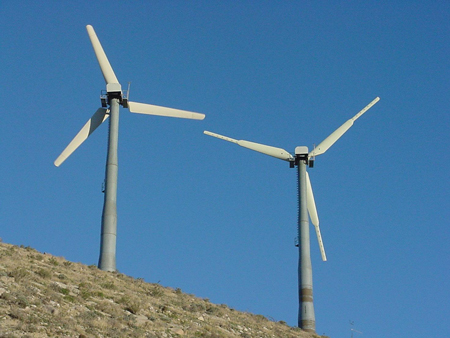 Enhancing Wind Farm Efficiency
Enhancing Wind Farm Efficiency
Wind farms aim to maximise energy production while maintaining safety and reliability. However, even identical turbines within the same wind farm often show significant performance gaps because of location-specific wind conditions, such as terrain variations or wake effects. Underperforming turbines, despite high availability, pose a challenge for operators seeking to optimise output. Traditional solutions, such as relocating turbines, over-rating, or adding vortex generators, often prove impractical or yield limited gains. Blade tip extensions offer a compelling alternative, increasing the rotor swept area to capture more wind and boost annual energy production by 5% to 15%. This article explores the technical basis, real-world applications, and economic benefits of blade tip extensions, highlighting their role in enhancing wind farm efficiency. By examining feasibility, challenges and industry trends, we provide practical insights for operators looking to improve underperforming turbines without major overhauls, supporting both economic and environmental goals in wind energy.
By Jack Wallace, Principal / Business Development Manager, Renewable Performance Engineering, USA
- Category: Articles
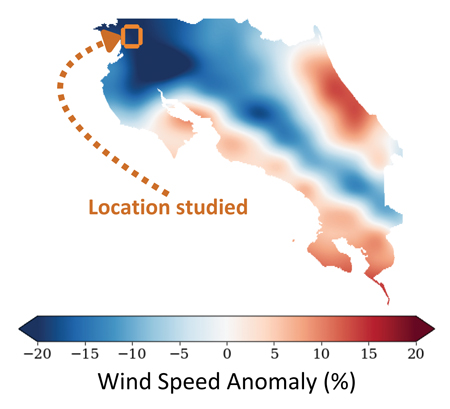 Leveraging Seasonal Predictions to Anticipate Wind Energy Returns
Leveraging Seasonal Predictions to Anticipate Wind Energy Returns
Seasonal production forecasts are emerging as a helpful tool to anticipate wind energy fluctuations and improve planning. Our case study on Costa Rica’s 2024 wind drought illustrates how these forecasts can be turned into actionable insights, anticipating reduced power generation months in advance. Through the use of machine learning for model post-processing and the generation of confidence intervals, the forecast accurately predicted the significant wind production drop in the region six months ahead while providing a reliable measure of uncertainty. Ultimately, these results offer a realistic example of how long-range forecasting might benefit planning and resilience in wind energy operations.
By Yazmina Zurita Martel, R&D Data Scientist, Nebbo Weather, Spain
- Category: Articles
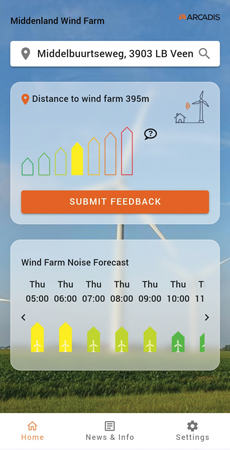 Real-Time Insights into the Impact of Turbine Noise and Shadow Flicker
Real-Time Insights into the Impact of Turbine Noise and Shadow Flicker
As wind energy continues to expand to meet global sustainability goals, its growth often encounters challenges related to community acceptance. To address these concerns, an interactive tool was developed that combines advanced forecasting and community feedback to enhance communication, transparency and mitigation strategies for socially sustainable wind energy development.
By Erik Koppen, Principal Wind Energy and Noise Consultant, Arcadis, the Netherlands
- Category: Articles
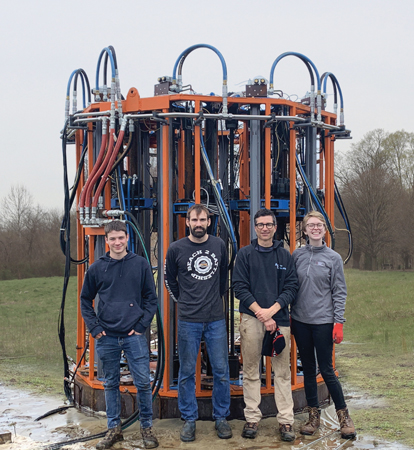 Modular Helical Anchoring Technology
Modular Helical Anchoring Technology
As floating offshore renewable energy technologies, including wind, solar and ocean energy devices, move towards commercial-scale deployment, anchoring and mooring systems are becoming increasingly important. Anchors and moorings represent 10–15% [1] of total capital expenditure in floating wind farms and have a significant influence on foundation design, energy performance, maintenance requirements and decommissioning. Inadequate anchor selection or configuration can lead to increased costs, technical inefficiencies and permitting delays.
By Zachary Miller, Chief Technology Officer and Co-founder, Triton Anchor, USA
- Category: Articles
Flexible Serrations Help Lower Low-Frequency Noise While Maintaining Turbine Performance
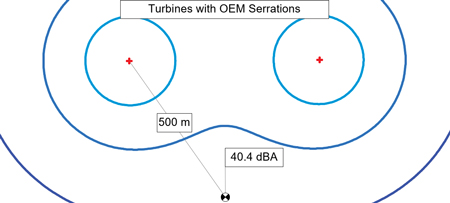 The issue of wind turbine noise has become a pressing topic in recent years in many areas around the world, especially in Europe. The development of new wind power facilities balances the pursuit of open development areas with optimal wind resources with the practicality of grid connection by situating these facilities closer to areas of higher population. These two drivers are often in tension, and this has led to the development of projects with operation in noise-reduced modes, sacrificing power in the process. This is standard practice in the industry today. Aerodynamic noise has continued to increase as rotor sizes and rated power increases. Although serrated trailing edges have been around for many years in the wind industry to combat this increase in noise, innovation has stalled. At present, serrations deliver around 2dB(A) reductions from a bare blade, yet the situation of noise curtailment remains. Further, these technologies do not typically alter aerodynamic performance, although in practice they have been known to reduce it. As such, there is a desire for technologies that can reduce noise even further without sacrificing aerodynamic performance. The FeatherEdge technology offers a promising advancement in this area, delivering both a noise and power benefit, specifically targeting the low-frequency bands.
The issue of wind turbine noise has become a pressing topic in recent years in many areas around the world, especially in Europe. The development of new wind power facilities balances the pursuit of open development areas with optimal wind resources with the practicality of grid connection by situating these facilities closer to areas of higher population. These two drivers are often in tension, and this has led to the development of projects with operation in noise-reduced modes, sacrificing power in the process. This is standard practice in the industry today. Aerodynamic noise has continued to increase as rotor sizes and rated power increases. Although serrated trailing edges have been around for many years in the wind industry to combat this increase in noise, innovation has stalled. At present, serrations deliver around 2dB(A) reductions from a bare blade, yet the situation of noise curtailment remains. Further, these technologies do not typically alter aerodynamic performance, although in practice they have been known to reduce it. As such, there is a desire for technologies that can reduce noise even further without sacrificing aerodynamic performance. The FeatherEdge technology offers a promising advancement in this area, delivering both a noise and power benefit, specifically targeting the low-frequency bands.
By Ryan Church, CEO, Biome Renewables, Canada
- Category: Articles
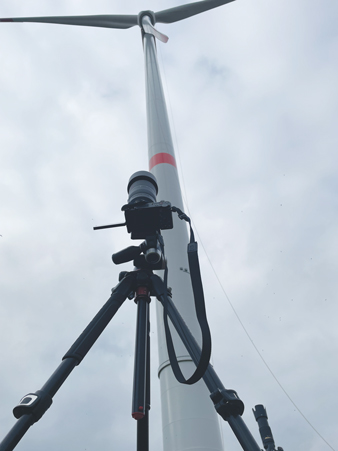 Minimising Environmental Impact and Preventing Energy Loss
Minimising Environmental Impact and Preventing Energy Loss
During wind turbine operation, the gearbox, generator and rotor blades generate noise that is emitted to the environment. The noise from the rotor blades is mainly caused by air turbulence at their trailing edge and blade tip. These operating noises can be perceived as disturbing by residents. Reducing them to a minimum therefore plays an important role in the acceptance of wind energy in the population. This article describes ways of reducing noise at wind turbines using the example of a multimegawatt wind farm in Germany. The focus is on the blade angle adjustment, which ultimately led to compliance with the limit values.
By Martin Peters, Head of Measurement Department, Green Wind Engineering, Germany



